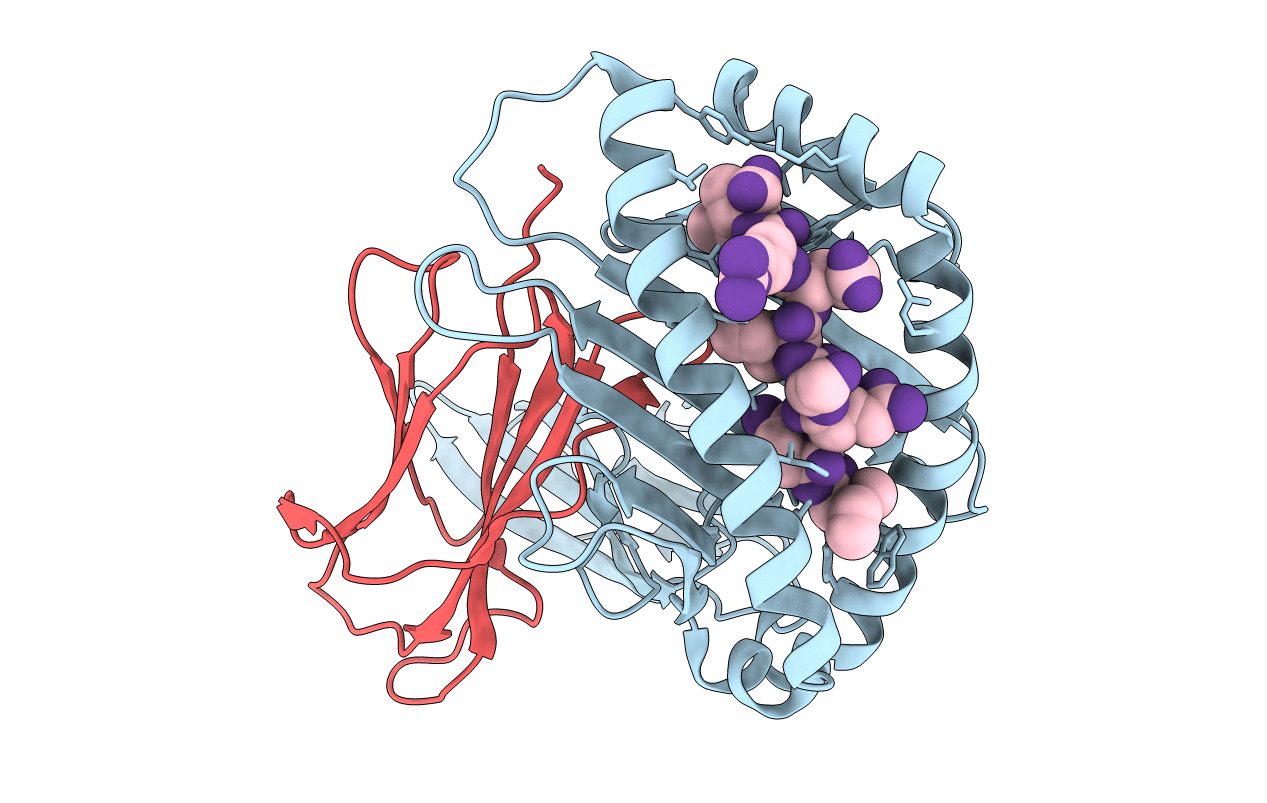
Deposition Date
2008-12-30
Release Date
2010-01-12
Last Version Date
2024-11-20
Entry Detail
PDB ID:
3FOM
Keywords:
Title:
Crystal structure of the Class I MHC Molecule H-2Kwm7 with a Single Self Peptide IQQSIERL
Biological Source:
Source Organism:
Mus musculus (Taxon ID: 10090)
Host Organism:
Method Details:
Experimental Method:
Resolution:
2.10 Å
R-Value Free:
0.28
R-Value Work:
0.22
R-Value Observed:
0.22
Space Group:
C 1 2 1


